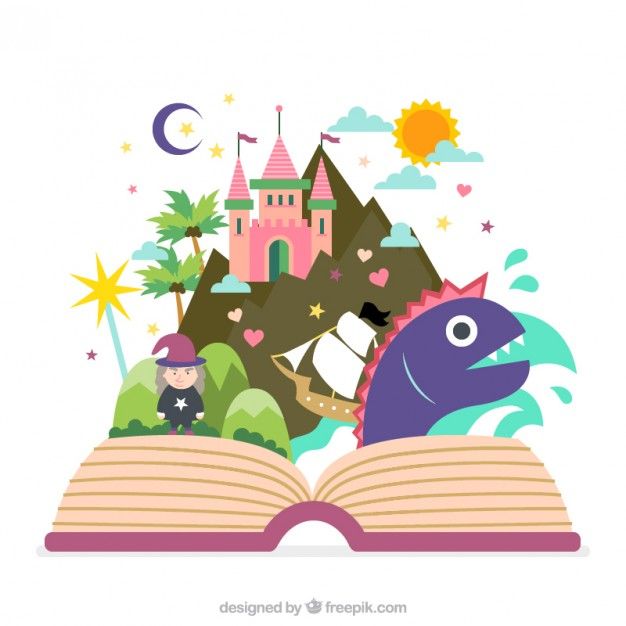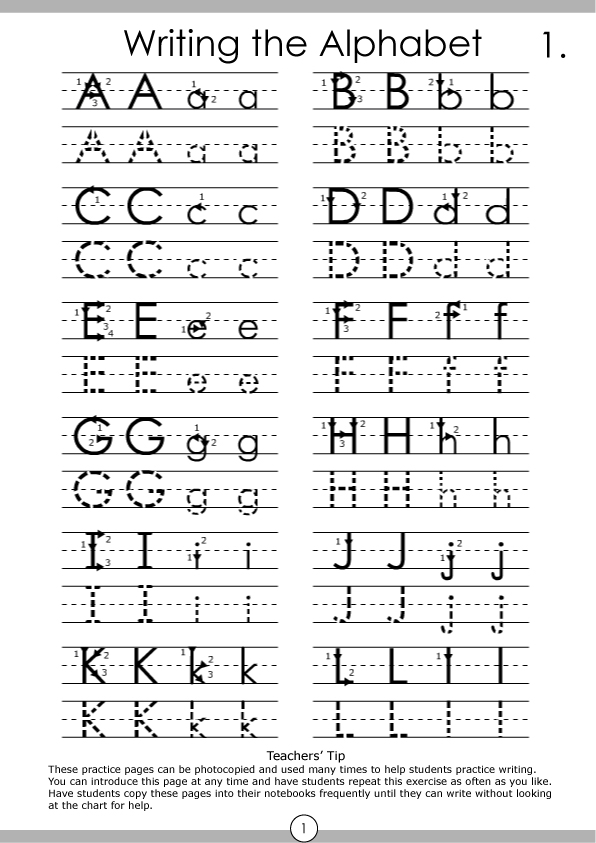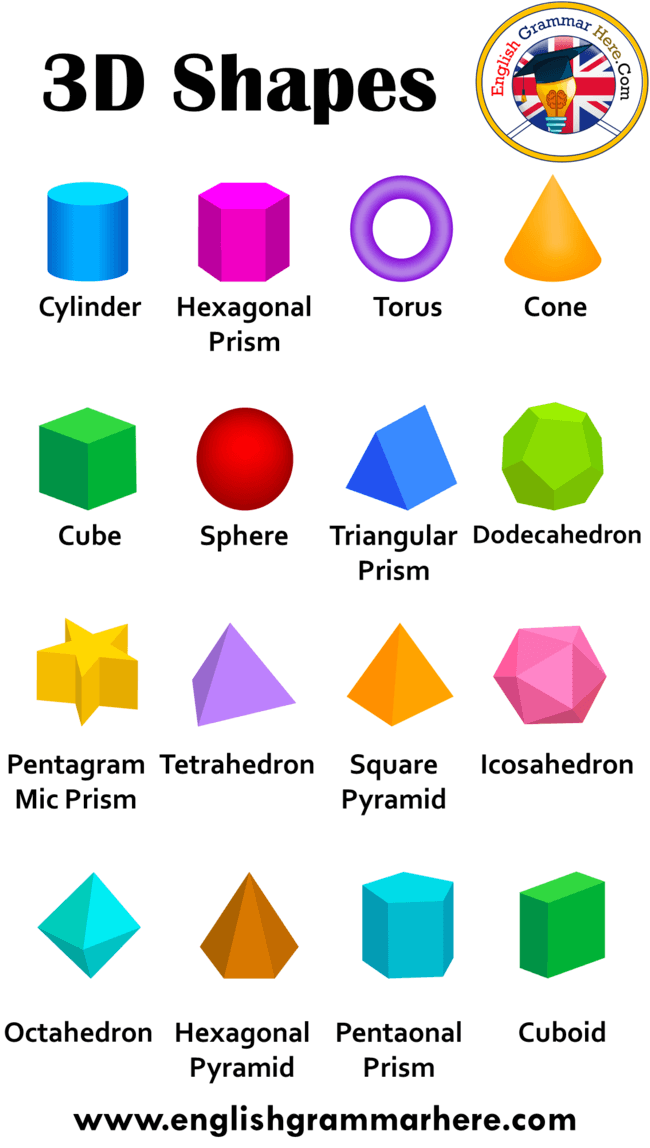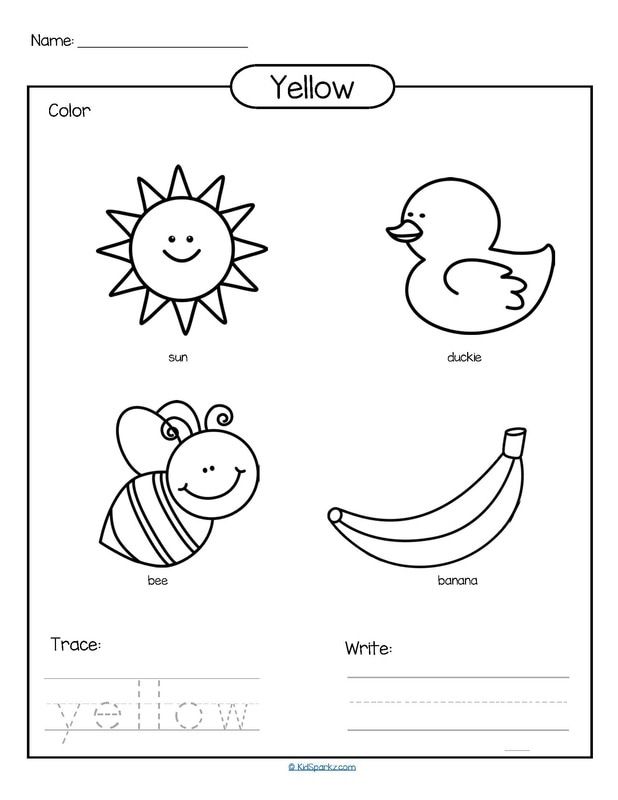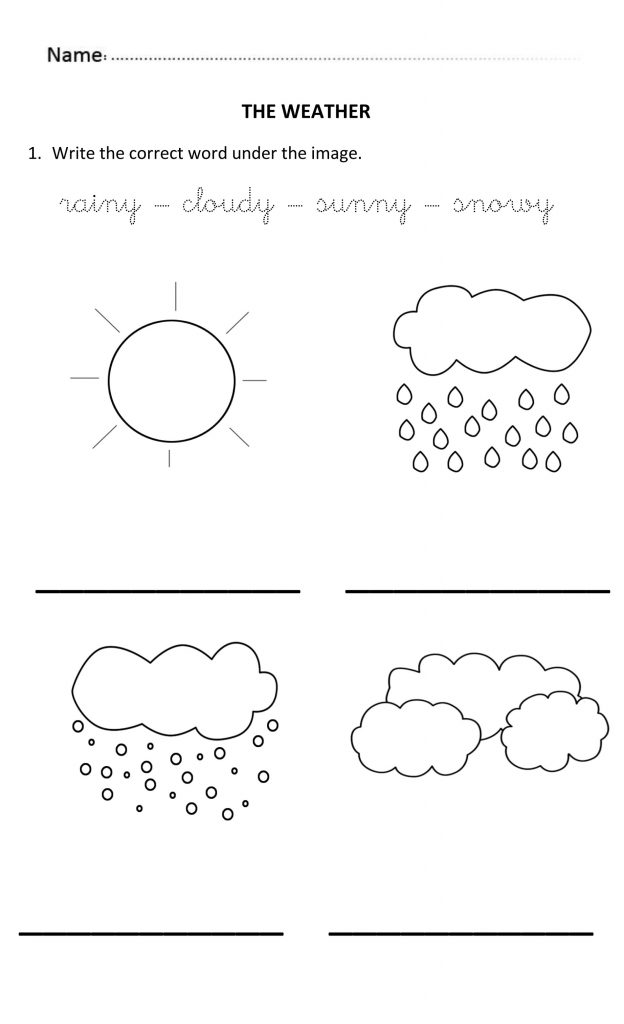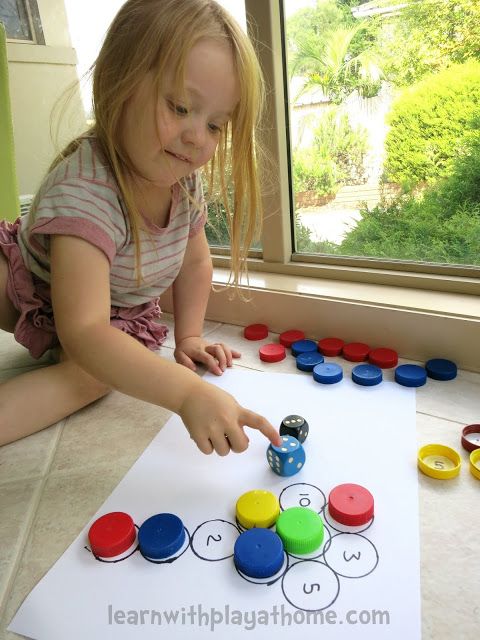Best alphabet books for toddlers
Our Favorite Alphabet Books: The Hunt for the Best ABC Books
A good ABC book is so helpful for teaching your child to recognize the alphabet, plus it’s endlessly fun to see all the different ways authors and illustrators interpret the ABCs. These are some of our very favorite alphabet books.
Finding the right ABC books is tricky, isn’t it?
There are approximately one million alphabet books out there and so many of them are poorly written or deeply contrived (I know, I know – I should try to write my own ABC book and then talk about how bad some of them are).
But there are also some BRILLIANT abc books out there that are clever, interesting, and beautifully done.
These are eleven of our very favorite alphabet books that I hope you’ll love too!
Our Favorite Alphabet Books
Big Words for Little Geniuses by Susan Patterson and James Patterson, illustrated by Hsinping Pan
This ABC book is just plain fun (it’s the one in the photo above). Each page has a pretty advanced word, like “gobbledygook” or “juxtaposition” and then a fun definition for it. It was fun to read and it was fun for my girls too.
TouchThinkLearn: ABC by Xavier Deneux
This is the most spectacular ABC book you can imagine. It’s the size of a small picture book but has thick pages like a board book and each one has raised die-cut pieces that fit into mirroring cut-outs. This is the PERFECT baby gift.
The Little Red Cat Who Ran Away and Learned His ABC’s by Patrick McDonnell
I have a special place in my heart for Patrick McDonnell – his books are some of my favorite. And of course an ABC book by him doesn’t disappoint. This alphabet book is wordless and so you get to identify on each page how the next letter has been added. Overall, it adds up to a fun, sweet story that my girls adored (and so did I!)
LMNO Peas by Keith Baker
We are long time fans of this ABC book – I’ve been reading it with each of my girls since Ella was less than 2, and every one of them has been obsessed with it.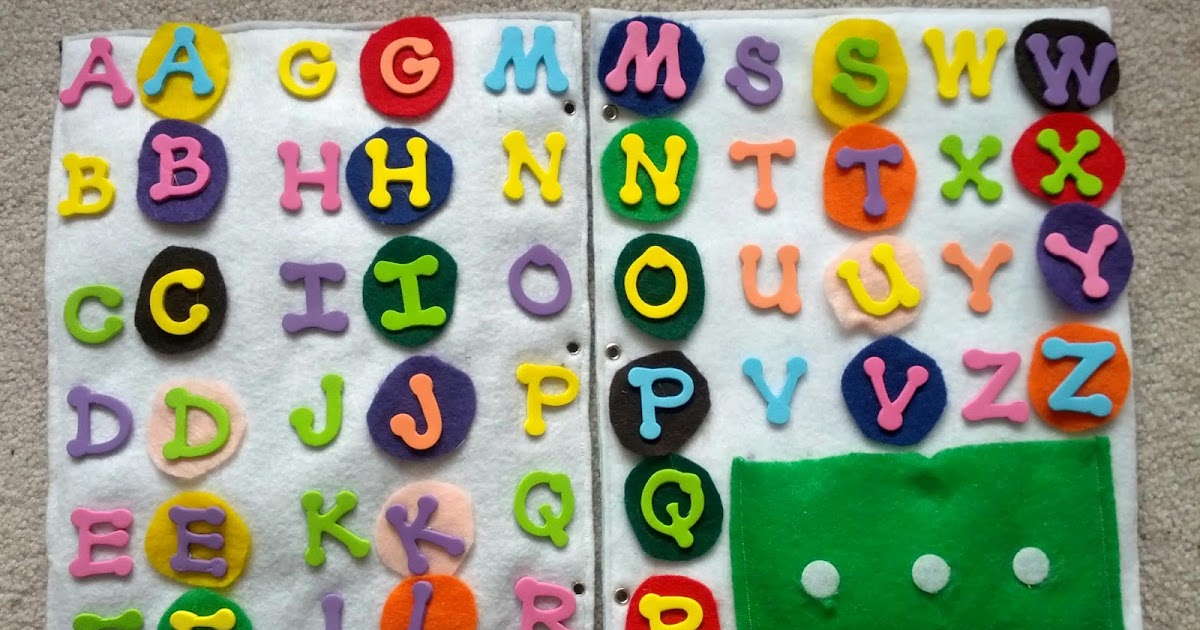 Each page has a giant letter with dozens of little peas doing various things that relate to that letter, plus a tiny ladybug to find in each scene.
Each page has a giant letter with dozens of little peas doing various things that relate to that letter, plus a tiny ladybug to find in each scene.
Chicka Chicka Boom Boom by Bill Martin Jr. and John Archambault, illustrated by Lois Ehlert
Would you believe I didn’t read this classic alphabet book until I was a school librarian? I’d heard about it for years and when I finally picked it up, I realized what all the hype was about. It’s so catchy!
Creature ABC by Andrew Zuckerman
This is a stunning alphabet book with crisp photographs of each animal that corresponds with the letter of the alphabet. There’s also a glossary at the back with more details about each animal. My animal loving children are obsessed with this one.
A Long Piece of String by William Wondriska
This is a book from the sixties that was reprinted a few years ago. There are no words, just white and orange images, plus a long black piece of string that winds through the pages, connecting each item (which each start with the correct letter of the alphabet).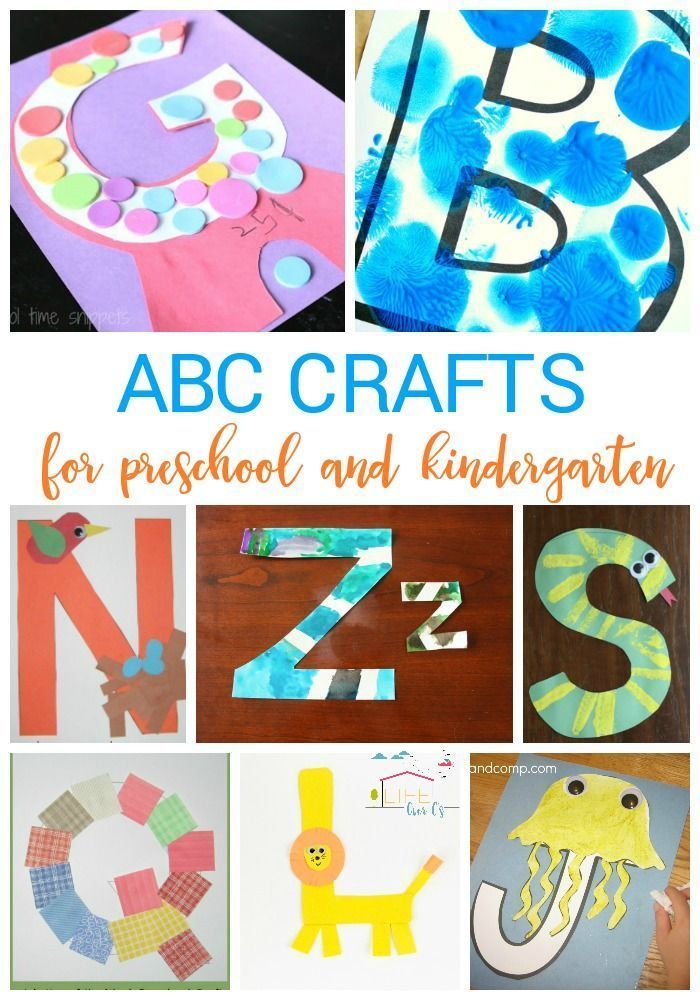 It’s so clever and retro!
It’s so clever and retro!
A Zeal of Zebras by Woop Studios
I’ve mentioned this one for years and it has remained a favorite. My girls love finding the letters “hidden” in each picture and there are also all the letters on the back cover, so you can practice or sing along.
Backseat A-B-See by Maria van Lieshout
This might be my all time favorite ABC book. Each page features a road sign and a large letter. The background of each page is shiny black, with road markings down the center of the book, and it’s perfect for little vehicle lovers. This is the book I credit with teaching Ella her alphabet.
Alphabeasties and Other Amazing Types by Sharon Werner and Sarah Forss
With an animal for each letter of the alphabet made entirely out of different fonts of that letter, this alphabet book is a spectacular feast for the eyes. I seriously never get tired of this one.
And if you’d like a printable copy of this list that you can take to your library or screenshot on your phone for easy access, just pop in your email address below and it’ll come right to your inbox!
What are your favorite ABC books? Did I miss any fantastic ones? Let me know in the comments!
If you liked this post about alphabet books, you might like these posts too:
- The best activity books for kids
- 100 picture books to read together
- Princess books worth reading
Photos by Christie Knight Photography
101 shares
- Share
- Tweet
Don’t miss out!
Reader Interactions
Trackbacks
Want ideas for fitting in reading and sharing books with your children? Sign up!
13 Alphabet Books to Read with Preschoolers & Toddlers
Literacy & ABCsAll AgesABCs
Books
Reading
Resources5 Comments
SHARE POST
Settle in for a fun reading session with your preschooler or toddler! Check out these 13 amazing alphabet books hand-picked for us by Rosemary D’Urso, the Library Mom!
Identifying letters and the sounds they make are among the first steps to learning how to read.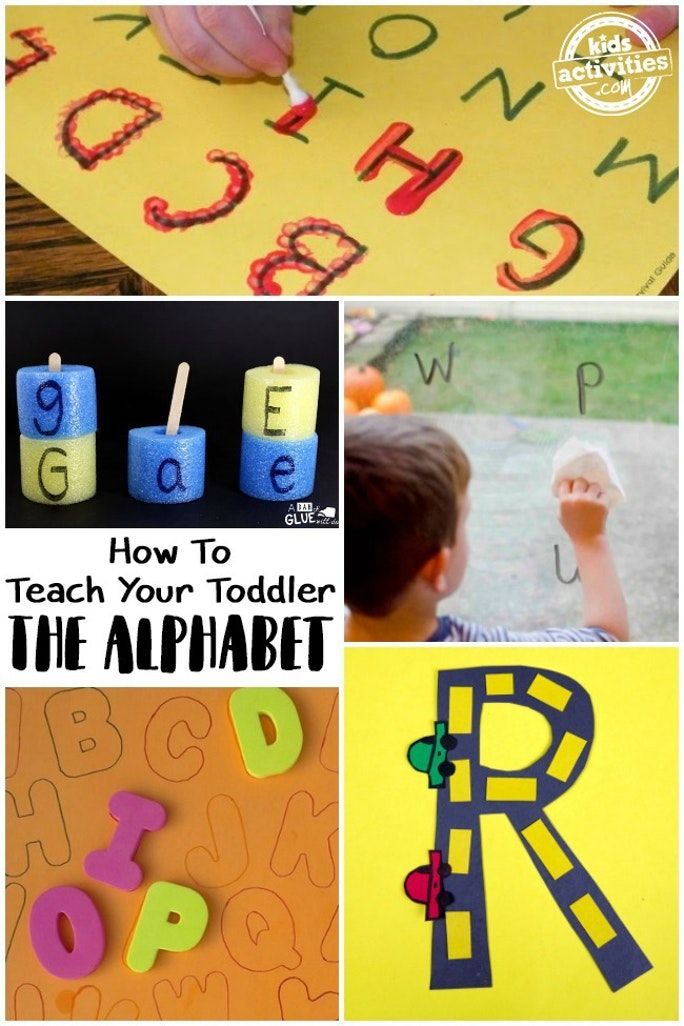 One of the best ways to teach the alphabet to children is through books.
One of the best ways to teach the alphabet to children is through books.
The plethora of ABC books out there can be overwhelming, so I have narrowed down our favorite books that celebrate letters.
Download the Learn a Letter Week of Activities
Enjoy these alphabet books with your children! Which ones are your favorites?
Affiliate links are included for your convenience and to help support Hands On As We Grow.
Alphabet Books for Babies & Toddlers
A B See by Elizabeth Doyle, 2015
(Ages 0 – 5)
This brilliant board book is an excellent way to introduce the alphabet as well as some advanced vocabulary to babies and toddlers.
Using short alliterative sentences, each letter is presented alongside an illustration displaying several objects that start with the featured letter.
The items vary in color and size and most importantly they are raised off the page so that little hands can feel them as they listen and explore.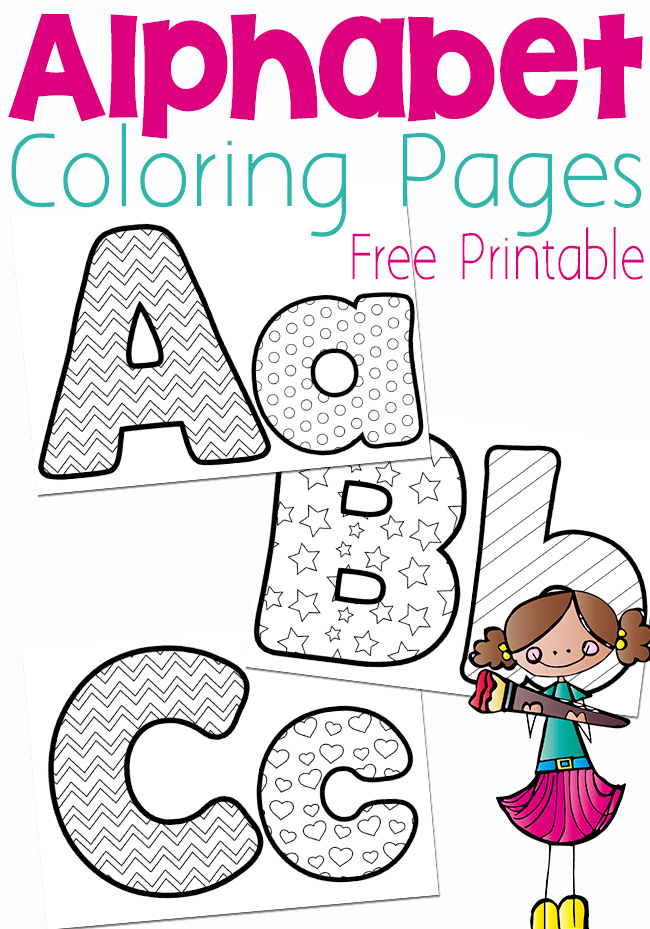
A full list of all the objects is provided in the back, prompting children to return for several readings to discover every item.
Dr Seuss’s ABC: An Amazing Alphabet Book by Dr. Seuss, 1963
(Ages 0 – 5)
This book has withstood the test of time for a reason. With its catchy rhymes and nonsensical artwork, this ABC book is irresistible.
“Big A little a What begins with A? Aunt Annie’s alligator A a A.”
This amusing board book is as fun to read aloud as it is to listen to. Its inclusion of capital and lower-case letters also gives children a nice exposure to both.
Alphablock by Christopher Franceschelli; illustrated by Peskimo, 2013
(Ages 0 – 5)
This unique board book has die-cut holes that create the shape of a showcased letter providing a sensory experience for children as they trace each line and curve.
The cut-outs also allow readers to peek into the next page encouraging them to guess what object or animal the letter stands for.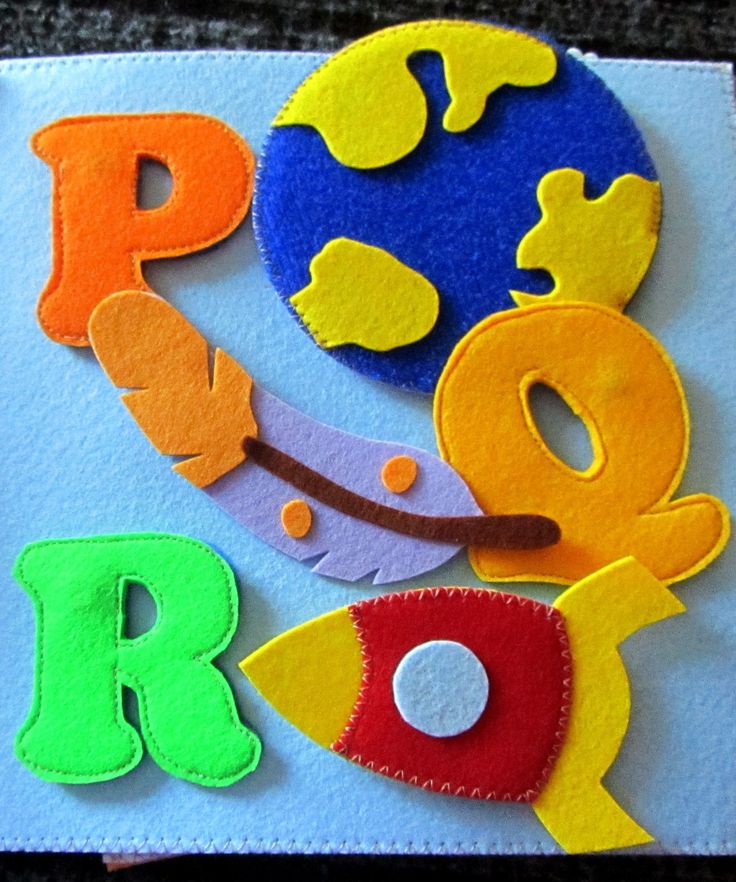
Bright colors and interactive illustrations make this book a winner!
Alphabet Books for Toddlers & Preschoolers
Oops Pounce Quick Run! An Alphabet Caper by Mike Twohy, 2016
(Ages 2 – 5)
Full of action and fun, children just love this energetic ABC book. Each page features a letter with a corresponding word that describes an epic chase between a dog and a mouse.
The words appear big and bold with the appropriate letter highlighted in a bright color.
The white background allows children’s eyes to focus on the words and the comedic illustrations making this an entertaining and engaging read aloud.
Chicka Chicka Boom Boom by Bill Martin Jr. and John Archambault ; illustrated by Lois Ehlert, 1989
(Ages 2 – 5)
There is a reason this classic alphabet book is still read in preschools today. Its rhythmic text paired with Lois Ehlert’s signature artwork makes for a charming book that begs to be read aloud.
The story focuses on lowercase letters that climb a coconut tree. When they all reach the top, however, they are too heavy and fall into a pile.
Parents represented by uppercase letters rush to help the little abc’s.
Silly, fun, and perfect inspiration for extension activities, this book is a must-have.
LMNO PEAS (2010) and LMNO Pea-quel (2017)by Keith Baker
(Ages 2 – 6)
Keith Baker’s series about an adorable group of anthropomorphic peas who playfully teach children about letters, numbers, colors, and months is a staple for many classrooms and families.
LMNO Peas presents uppercase letters while LMNO Pea-quel focuses on lowercase.
Great for reading alone or pairing together, parents will love the advanced vocabulary weaved into the text and children will love the whimsical illustrations starring the busy peas performing tons of eye-catching tasks.
There is also hidden ladybug on each page that adds to the fun.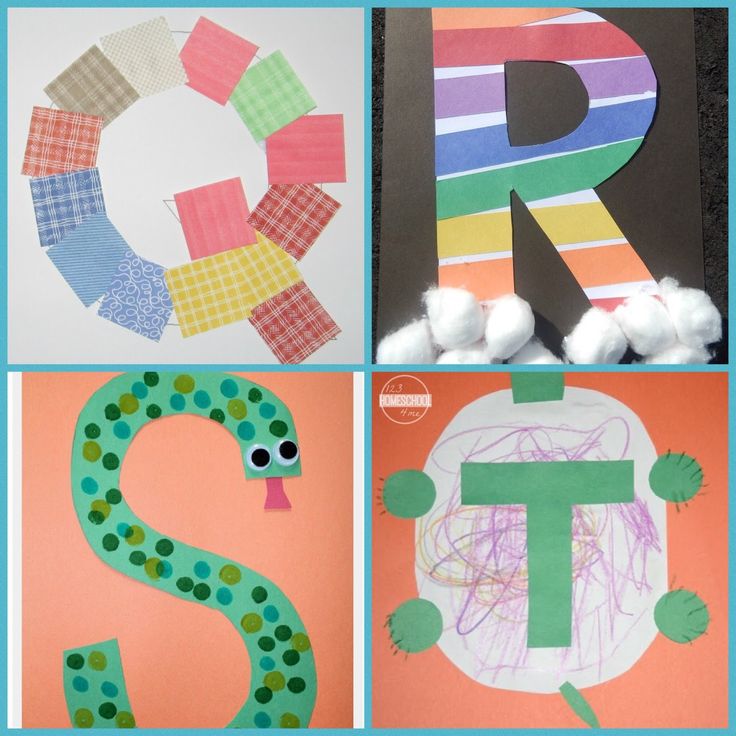
Eating the Alphabet: Fruits and Vegetables from A to Z by Lois Ehlert, 1989
(Ages 2 – 6)
Lois Ehlert’s lovely watercolor collages take the stage in this standout alphabet book that not only celebrates letters, but fruits and vegetables from around the world.
The name of each food is printed in uppercase and lowercase letters allowing children to view both.
Children will love pointing out their favorite foods and learning about new ones.
Creature ABC by Andrew Zuckerman, 2009
(Ages 2 – 8)
Stunning photographs of animals paired with the alphabet create a captivating educational ABC book.
Each upper and lowercase letter is presented with a teasing picture of an animal. The next page reveals a full-bodied photograph of the creature with its name.
Children will be clamoring to learn more about these fascinating beasts. Luckily, there is a glossary at the end that has additional fun facts about each animal.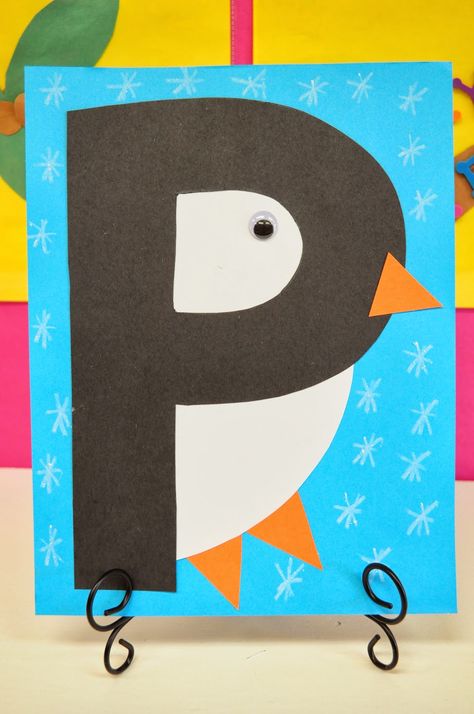
This striking book is perfect for sharing with a group of children or admiring the interesting details of each animal while snuggling one-on-one.
If Rocks Could Sing: A Discovered Alphabet by Leslie McGuirk, 2011
(Ages 2 – 8)
After a number of years searching the Florida coast, Leslie McGuirk discovered twenty-six rocks that resemble the alphabet.
She cleverly combined them with rocks that look like other objects to create a truly fascinating and educational ABC book.
In her author’s note, Leslie writes, “The natural world is rich with inspiration.” This is so true and beautifully demonstrated in this enthralling book.
It is not only perfect for teaching letters, but an excellent way to encourage children to use their imaginations and collect their own pieces of nature that resemble objects, letters, or numbers.
SuperHero ABC by Bob McLeod, 2006
(Ages 3 – 8)
What better way to get kids excited about the alphabet than using superheroes to introduce them? With each letter, a new superhero is presented with alliterative descriptions of his or her powers.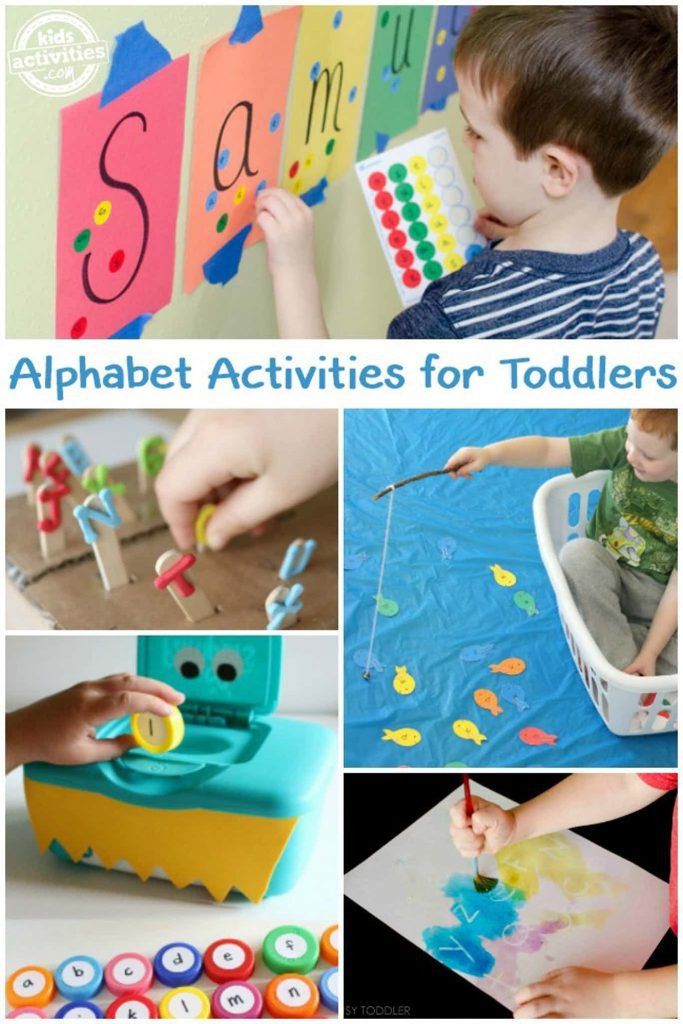
The characters are diverse and the large appealing illustrations make this a popular read aloud.
The Little Red Cat Who Ran Away and Learned His ABC’s (the Hard Way) by Patrick McDonnell, 2017
(Ages 4 – 8)
In this ingenious ABC book, readers are challenged to put their phonemic skills to the test as they follow along on a humorous adventure.
The story focuses on a little red cat who is chased by a myriad of animals through the alphabet.
Using only the showcased upper and lowercase letters as text, children have to use the sound of the highlighted letter to identify the animal or object on each page.
With its comical illustrations and zany storyline, this book is original, educational, and most of all a lot of fun.
Z is for Moose by Kelly Binkham ; illustrated by Paul O. Zelinsky, 2012
(Ages 4 – 8)
This clever new twist on an ABC book stars an impatient moose who can’t wait his turn in a parade of alphabetical objects and animals.
The high-energy illustrations combined with a unique storyline make this ABC book an entertaining read-aloud that stands apart from the rest.
Since the alphabet becomes jumbled, however, it is best read to children who are already familiar with their letters.
Download the Learn a Letter Week of Activities
Rosemary D’Urso is a school librarian turned stay-at-home mom who constantly racks up late fines to read that perfect book with her kids just one more time. She spends her days going on adventures with her family, running, listening to audiobooks, and reviewing children’s books. She hopes her reviews will help parents and teachers find the best books for the children in their lives.
Discover your child’s next favorite book at her blog, Librarymom.com. Follow all of Rosemary’s reading adventures on Instagram, @librarymombooks.
SHARE POST
best alphabets in the NEN review
Alexandre Benois. The alphabet in pictures
This classical alphabet was used by the offspring of the nobility under the supervision of French tutors to learn the alphabet. Fairy-tale stories about araps and knights are interspersed with pictures of a cozy bourgeois life - a home theater, a family feast, games in a nursery. Pre-reform letters and illustrations to match them add a special charm: “and decimal” - Jonah in the mouth of a whale; "fita" - "incense"; "Izhitsa" - "Iakinf".
Fairy-tale stories about araps and knights are interspersed with pictures of a cozy bourgeois life - a home theater, a family feast, games in a nursery. Pre-reform letters and illustrations to match them add a special charm: “and decimal” - Jonah in the mouth of a whale; "fita" - "incense"; "Izhitsa" - "Iakinf".
Andrey Smetanin. ABC of Dangers
Ideal for parents with increased anxiety. The alphabet will not be boring and intelligibly explain to the kids that our world is not a marshmallow in chocolate, and troubles lie in wait at every step, or rather, for every letter. “B” here is household chemicals, “H” is unwashed vegetables, and “G” is ice. Each danger has a rhyme explaining how to avoid it. After reading, the child will not only learn the alphabet, but will also take a basic life safety course for the smallest.
Tatyana Mavrina. Fairy tale alphabet
This lubok reference book of basic fairy tale concepts, locations and heroes will help a young neophyte figure out what is what in the universe of Russian folk tales - from A to Z (that is, from Alyonushka to Rejuvenating Apples). The informativeness of the alphabet goes off scale: the whole story of Nikita Kozhemyaka, for example, is inscribed in the contour of the letter “H”, and “C” is the sun, and Sivka-Burka, and Seven Simeons.
The informativeness of the alphabet goes off scale: the whole story of Nikita Kozhemyaka, for example, is inscribed in the contour of the letter “H”, and “C” is the sun, and Sivka-Burka, and Seven Simeons.
Georgy Yudin. Bukvarenok. Magic alphabet in pictures and fairy tales
An acrobat twisted into the letter "A", "b" hollowed out of stone, owl-like "F", whooping on a branch - illustrator Georgy Yudin has relied on associative thinking. And implicitly spoke about the basics of mechanical engineering, paleontology, botany, physics, art history. (Cautionary stories about animals included).
ABC. From the collection of the State Hermitage Museum
For connoisseurs of the classics of any age, there are several illustrations from academic painting and sculpture for each letter. An excellent example of the fact that with children it is not necessarily “easier”, but you can immediately take it seriously. “M” here is not just a mother, but the Conestabile Madonna, and “G” is Van Der Weyden's eyes of St. Luke. Art-infants!
Luke. Art-infants!
Igor Zhukov. Mythological alphabet
This alphabet immediately introduces the child to the basics of literature and the origins of culture. It begins with Egyptian mythology - Amon Ra, and fascinatingly gallops along the legends of different peoples. Dangerous chimeras and manticores, treacherous leshias and shishigs, the hundred-armed Briareus and the formidable Roc bird in the illustrations by Maria Yakushina scare exactly to the point of amusing. Medusa Gorgon is completely blindfolded - just in case.
Julia Tarakanova. ABC. Living letters
Eidetics specialist Yulia Tarakanova has been nurturing the idea of creating an ideal alphabet for many years. To implement the idea, she attracted potential readers - the children suggested associations with letters and tested the sketches. It turned out to be a cozy set of puzzle cards: a beetle from the letter “Zh”, a flower grows from “C”. And even the voluminous outlines of the letters in this well-thought-out edition, the size of a three-year-old's finger.
Svetlana Minkova. Alphabet with holes
Alphabet guide to the space surrounding the child, operates with familiar and familiar concepts: “D” is a house; "P" - the hallway in the house, "K" - a cactus, the cat hunts him all the time. For each letter - a tautogram rhyme about the property of the object - you need to comb it with a comb, but not pour iodine. As illustrations - collages and handwriting drawings. And many, many holes for games and sticking fingers. In general - named, comprehended, interact.
Elisabeth Böhm: ABC. A set of postcards
A reprint edition of the "ABC" of 1913, stylized in turn as the "Letter Letter" of the time of Alexei Mikhailovich. Elisabeth Böhm's favorite watercolor character is a child in a world unsuitable for children. The heroes of this alphabet are touching, warm, as if they had just crawled out from behind the bosom of Christ, dressed in decorous costumes of knights, guardsmen and Tatars, not for their age. The words, which are unusual for the modern ear, come from the nursery: “A” is an angel, “M” is a baby, “X” is a cherub.
Joseph Brodsky. Working alphabet
This alphabet is the result of a collaboration between two giants - the poet Brodsky and the illustrator Oleinikov. On the one hand, it turned out to be a career guidance manual (in what other context would you tell a three-year-old who agronomists and geologists are?), On the other hand, a slightly surreal world of fantasy and play: a diplodocus is walking behind the back of a janitor, and a railway worker puts giraffes on a train in the rain from acorns. Bonus: a conspiratorial cross-cutting story about letters that did not get professions.
Edward Lear. Dad's alphabet
One of 15 alphabets invented by the master of nonsense and absurd spellcaster Edward Lear. Her hero - an eccentric English gentleman Papa - jumps through the alphabet, getting into stories of varying degrees of mediocrity. On “C” he catches pike-perch of an unprecedented size, on “P” he philosophically predicts the piglet’s near future, on “C” he teases kings with bullies.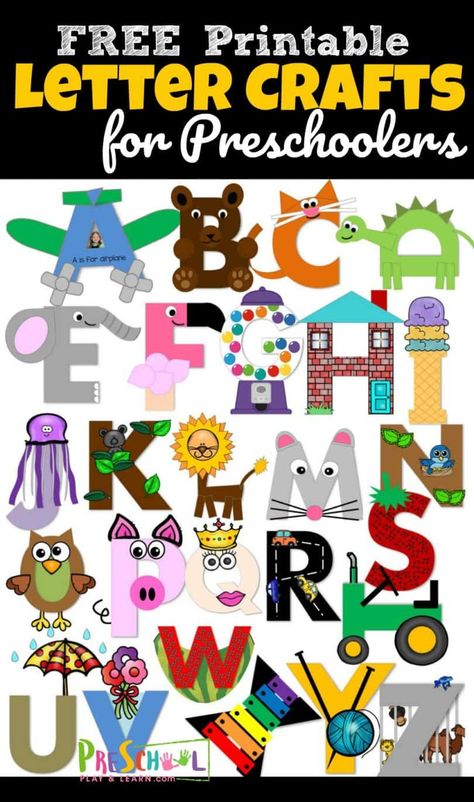
Daria Gerasimova. Alphabet of transformations
This alphabet is a combo for figurative, verbal-logical and emotional memorization. On each page, accompanied by a charming rhyme, an unexpected metamorphosis occurs: “Y” bends in halasana and turns into an Indian yogi, “Sh” becomes a perky puppy attacking a brush, “Y” transforms into a pair of mice pulling off a round of cheese. The set includes a coloring book with all the stages of transformations.
Maria Boteva. The Light Alphabet
Honestly, this book is not very suitable for learning the alphabet, but it would be reckless not to include it in this list: Maria Boteva's poignant and ironic prose captivates readers of any age. Formally, this is really the alphabet, for each letter - a story. Akulina in a skirt meets the Butterfly Leg flying through the forest, and the House where Danila lives reads books in the library and dreams of marrying the Princess Hut. Gradually, the stories, like pieces of a puzzle, add up to a single narrative - but we will hide the plot so as not to spoil.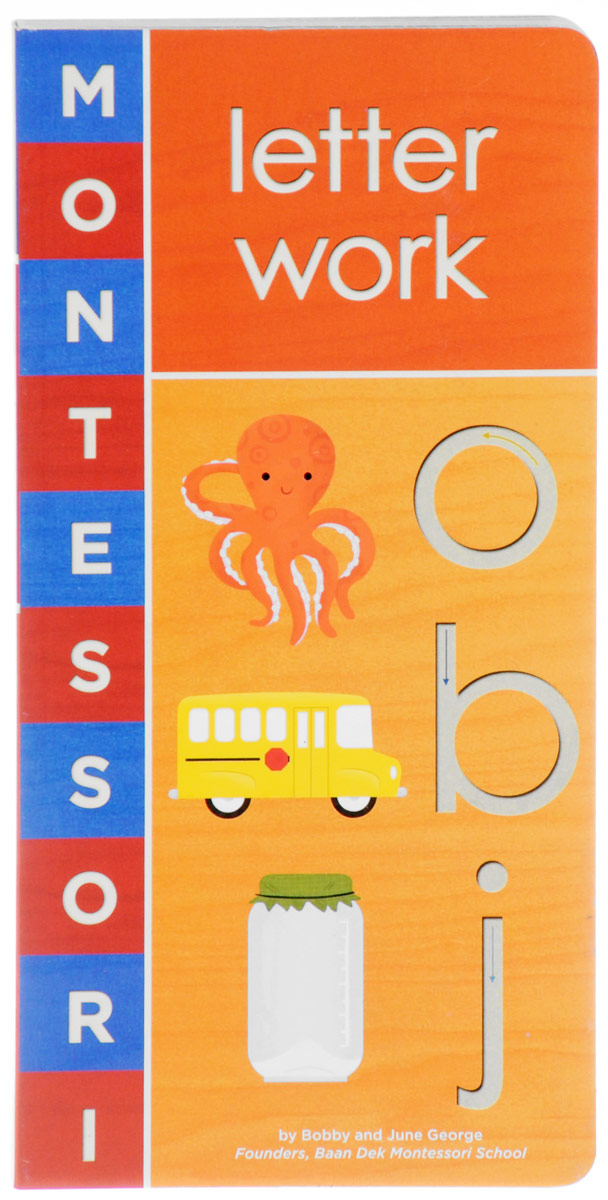
We express our gratitude to the Russian State Children's Library, the Moscow Central Children's Library named after A.P. Gaidar and the researcher of visual narrative Maria Skaf for the books provided for the photo session!
The best alphabets and alphabets for children
As soon as our ninja turtle celebrated his third birthday, it was time to go to the garden. It's time to get the ABC or Abetka, and possibly both.
An unequivocal answer was received from kindergarten teachers: Abetka and more books in Ukrainian. And so that the child does not get confused, start learning the Russian alphabet closer to 5-6 years (because it is a foreign language at school).
After doing a mini-research in search of the same “Abetka”, I came to the conclusion that one, and possibly three things will obviously not end.
Abetka. Oksana Krotyuk.
I won't say that it is the best, but it was for the first one that the choice was small (and even made in a hurry).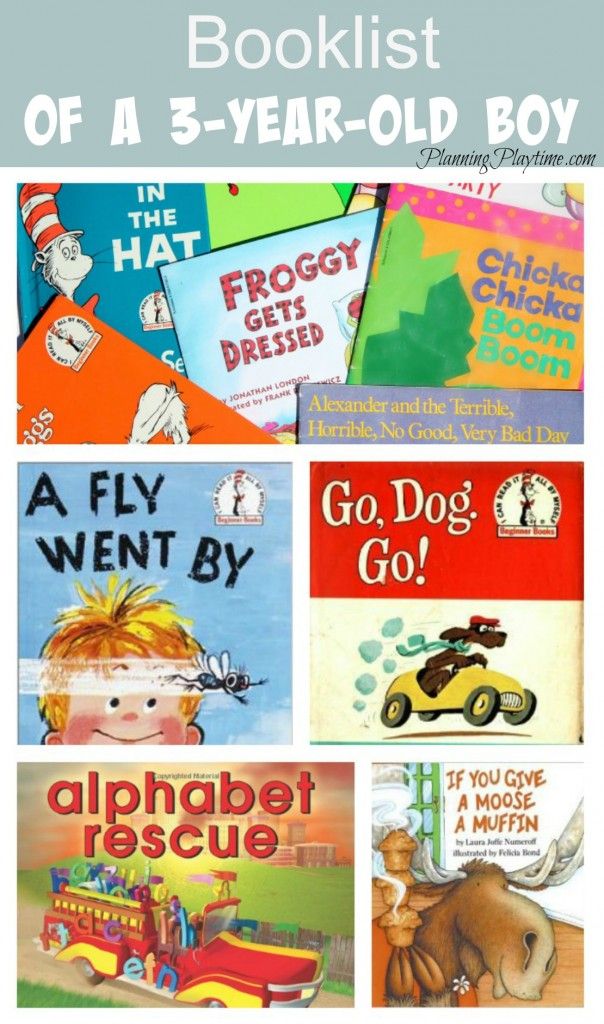 Actually, this copy fell into the hands of my son and after my "short agony of doubt" settled on our bookshelf.
Actually, this copy fell into the hands of my son and after my "short agony of doubt" settled on our bookshelf.
Pros: colorful, children's drawings - a small rainbow, short and simple poems (some of them look like tongue twisters, for example, about schura), mega-dense cardboard pages, a convenient square shape, a letter is “hidden” on each page, the search for which promotes visual memory.
Minuses are subjective: the pictures on some pages (raccoons, penguins) are not for everyone, the verses are not all clear (what is a firanka? (I used to think a window), a crow and a hawk are not the same bird? ..
In other respects, a good first book. I admit, I wanted to take it, but my son chose it - apparently for his taste, she is already “childish”.0005Authentic abetka, good poetry. (I didn’t know that the Ukrainian language has the word angel - I thought yangol, that’s how they taught at school).
Illustrator Kost Lavro brought to life already familiar classical characters on the pages of the book: an angel, a cossack, a crab-neborak, a turkey in a jacket and trousers, a dragon. New heroes have also been added - "overseas" Fabian, playing the piano and "unexpected" enelyats (UFOs).
New heroes have also been added - "overseas" Fabian, playing the piano and "unexpected" enelyats (UFOs).
My favorites: a sad bunny and a mouse on a carrot-typewriter. The drawings are bright, attractive, on a snow-white background.
I liked that the letter is visible and attention is not scattered - just what you need for an initial acquaintance. The design, as always with A-ba-ba-ha-la-ma-ha, is excellent: thick cardboard, perfect color reproduction, convenient format.
And the English alphabet as a nice bonus!
A-ba-ba-ha-la-ma-ga publishing house.
Price 85 UAH.
Monster abbey. Maria Zhuchenko.
Well, now let's move on to interest books. Who can be more fun and more mysterious than funny monsters?.. Monsters build funny faces, hooligans and live their usual monster life.
If your child is a fan of these fidgets, the book is simply obliged to settle in you. You will find out who is rattling behind the wall - noisy Garmagaba, who is bullying other children - Dralobiylo and get acquainted with cute merry fellows, kids: Byaka, Buka and Babayka.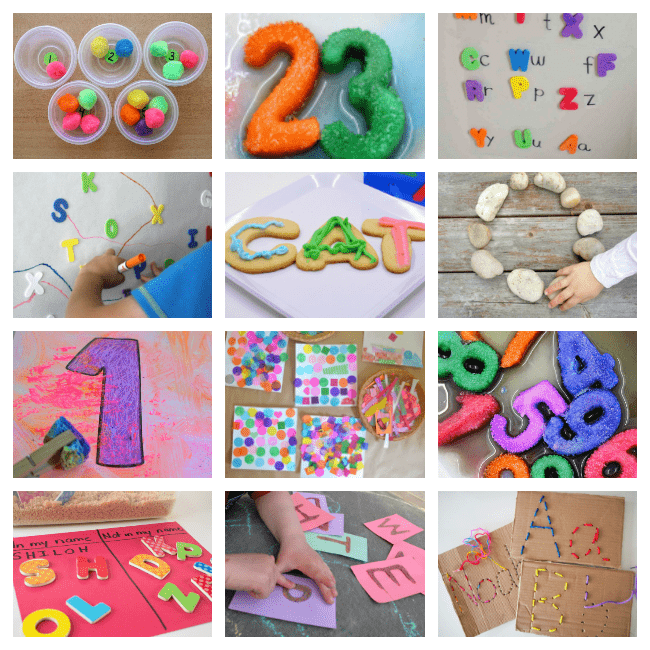
As you may have guessed, each letter of the alphabet is the name of a monster. Many of them are difficult to pronounce and obscure, but children aged 3-5 love to indulge and deliberately distort words, so I don’t see a lack of this.
There are also monsters in the book - numbers (everything is already standard here).
We have one of our favorite books, 10 monsters on the crib, but already a little fed up in 2 years. Now our monsters will be joined by their yet unfamiliar brethren. Many monsters are kind and cute, but there are also creepy ones (in my opinion), such as A-ra-ra, the same Dralobijlo and some others.
I think that it is useful to introduce children to horror stories, especially in the book it is easy to defeat them and joke about them together. But still, for impressionable children, it is better to read it with caution, focusing on their reaction.
The book is large, beautiful, the drawings are large and expressive!
Also published in Russian.
Vivat Publishing House, Kharkov.
Price 95 UAH.
Abetka. Hanna Kopilova.
Can Abetka be a work of art? Yes!
Extraordinary, created perfectly, down to the smallest detail - you immediately want to get it in your library. The very idea, to conclude the recognized greatest creations of painting and sculpture in a “book with letters”, is very symbolic! Our children are a new generation: educated, comprehensively developed and highly cultured.
Fortunately, we live in a time when works of art, music, and literature are absolutely accessible and children are really interested in them! I remember in my childhood, there were bulky imported books/catalogs in the house with images of paintings, luxury goods of longtime rulers, and other exhibits from world famous museums. With what reverence I looked at the glossy pages.
Abetka is illustrated with world-famous masterpieces from the Khanenko Museum. It does not contain text and verses, but words are not needed.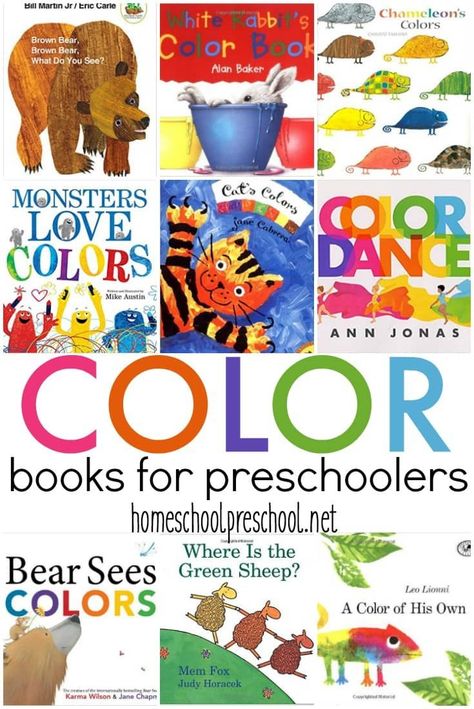
The book will be a wonderful gift for children 4-7 years old. I also recommend it as an exquisite present for parents on Christening or the birth of a child.
Osnovy Publishing House.
Price 250 UAH.
Abetka of crafts and professions. Nadiya Repeta
A wonderful, informative book and again from the Old Lev. If only I had seen her earlier than their usual abet..!
Main advantage: it is interesting! You will say, you think you discovered America .., but I know what I'm talking about. While I was writing this review, interest in our VSL (see item 1) was lost, I hope temporarily.
Nice retro design, letters and characters from spirals and curls, muted green, gray, beige tones, my favorite square format.
Interesting, concise poems about rare and more familiar professions - gotar, vіvchar, tsukernik. A child after 3 years will be 100% interested.
A book on my wishlist. There will be training 2 in 1.
VSL Publishing House.
Price 100 UAH.
Screwdriver Beshketna Abetka. Catherine Perkonos.
Let's have some fun and hooligans? Why not!
Abetka and at the same time an educational game for composing phrases and images - you can not only learn letters and expand your vocabulary, but also have a great laugh and compete with your parents or friends who will come up with a combination of catchy words. And she definitely won’t get bored, because there are more than 35,000 possible combinations.
Well, they called the lace fat Babai, or maybe you would like the cunning transparent elephant or the angelic gentle dragon more? For every taste and color!
The idea is not new, there is something similar in books in English and in Russian I saw books - toys for kids, “from halves”. But the performance, in my opinion, if not the best, then one of the most successful.
Large, modern, beautifully drawn illustrations, nothing more!
It will delight children from 3 years old as an addition to another alphabet, as well as their parents will like it and, for sure, it will be useful to younger students!
I'm thinking of giving it to some small holiday.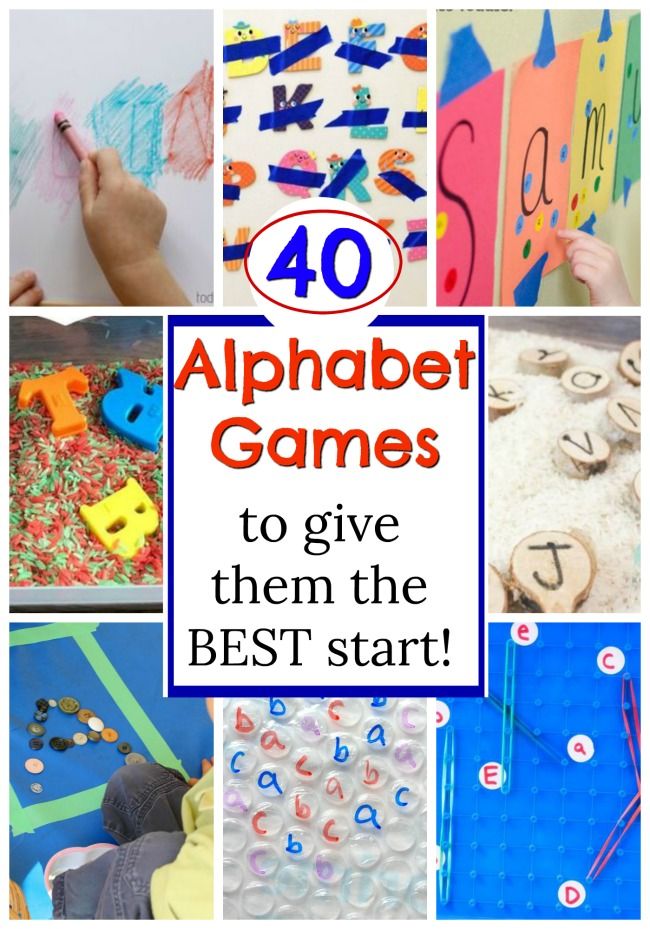
Mamino Publishing.
Price UAH 220
ABC of Transformations and Counting of Transformations
Emphasis is placed on learning by playing. Everything is as simple as possible and this is the beauty: here is the letter D - a tree, opened the valve and it turned into a house. For us, only two words with pictures, for the baby - magic!
No glut of details, plus a logical association with the letter, memorization at the subconscious level.
I would recommend the ABC as the very first for babies 1-2 years old, when they are just learning or have recently begun to speak. For children of 3 years old, simple pictures will be interesting for you, but for “once”.
But the Account of transformations, on the contrary, from 2 to 3 years. Firstly, children at this age are just beginning to learn numbers, and secondly, the book is supplemented with simple arithmetic tasks.
Of the minuses, soft cover (thin cardboard).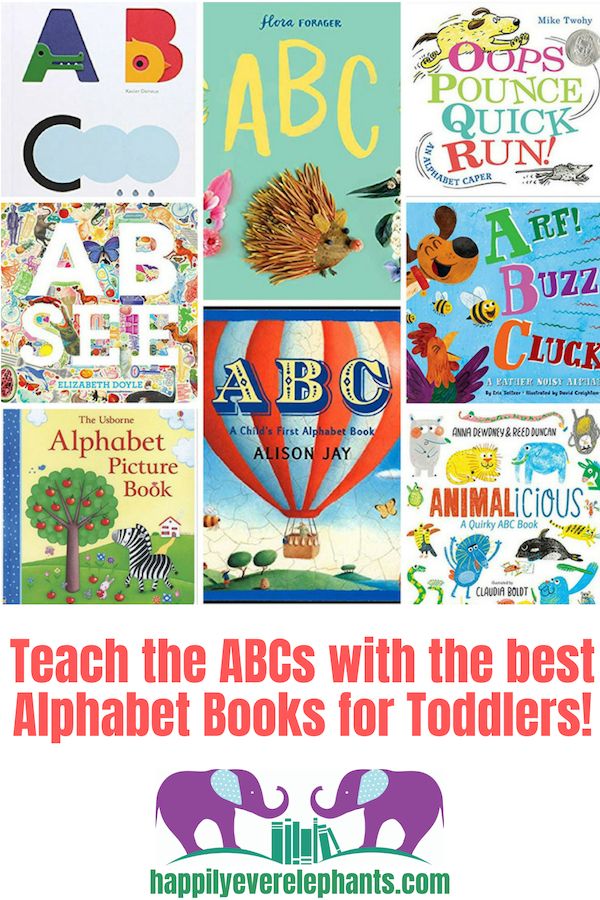 But the books are presented as teaching aids and do not claim to be an artistic masterpiece, so this small flaw can be forgiven.
But the books are presented as teaching aids and do not claim to be an artistic masterpiece, so this small flaw can be forgiven.
Ranok Publishing House. Circulation in Ukrainian and Russian.
Price UAH 95 for 1 piece
Sony's smart dog's alphabet. Sergei Usachov. Illustrations by Evgeny Antonenkov.
Many people are familiar with the wonderful works of Usachov and his cycle of funny stories about a smart dog. This time, Sony fans will be able to learn the alphabet with her in a fun way.
Only pleasant impressions from the book: witty, funny poems are perceived as part of the whole story. The "story" begins on behalf of the dog - a teacher in their own school. It was also said about the dangers of dogs lying in wait, and about prohibitions, and of course, about favorite treats. The book will appeal to children who have favorite pets, especially dogs .. or they, with a high probability, will ask for a dog after respect. This Sonya is so cute.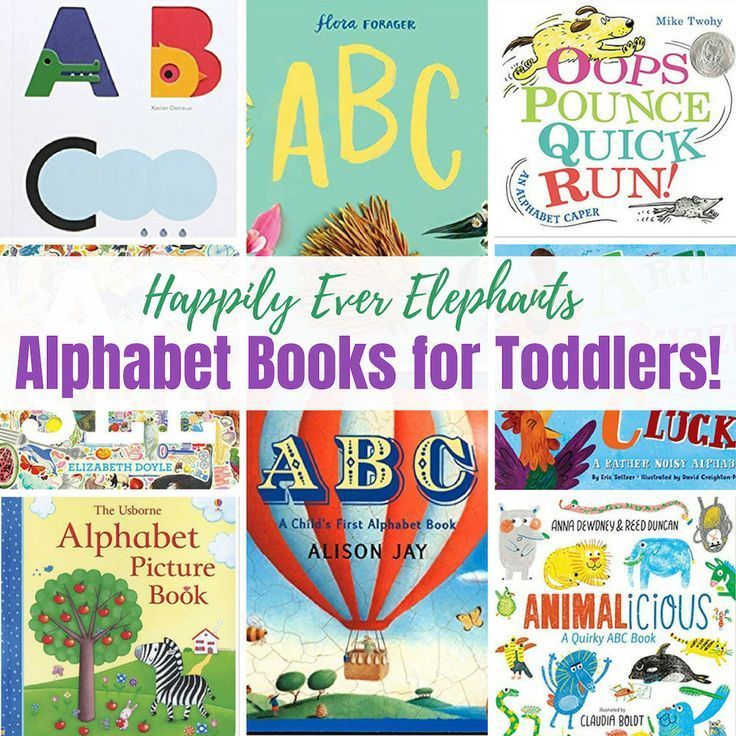
Beautiful, “reliable” illustrations by Evgeny Antonenkov adorn the spreads of the alphabet. Why reliable? Yes, because this is exactly what dogs should look like when they go to school and discuss their “animal” affairs.
I believe that the heroes are fabulous, but alive and touching.
Rosmen publishing house.
Price 140 UAH.
And for dessert, Working ABC. Joseph Brodsky. Illustrations by Igor Oleinikov.
This book is on our must-have list, it is impossible to pass by when you see it. Yes, it is about professions: honestly and with humor, from a railway worker to a reindeer herder. And my personal opinion (do not throw tomatoes, connoisseurs and connoisseurs) - the alphabet is more for younger students than for kids. Having given it to a first-grader, together you will already be able to appreciate both the beauty of the design and the irony of the work, at its true worth.
The child will be happy to receive an “adult” ABC and may even dream up what he wants to be when he grows up.

